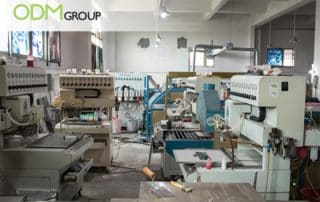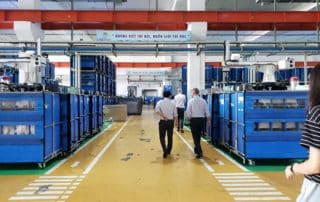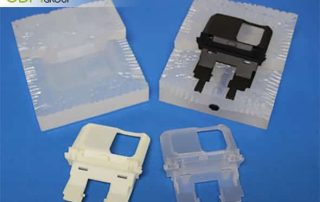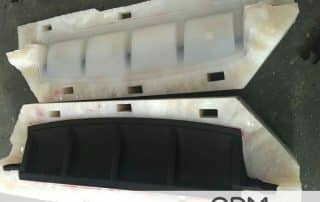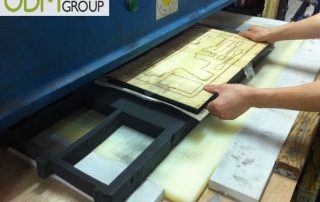What is Injection moulding manufacturing?
ODM visits a wide variety of plastic factories in Vietnam each month. This factory makes large format items like plastic chairs etc. One of their manufacturing functions, Injection Moulding Manufacturing, is the ability to produce parts in large volumes. It is most commonly utilized in large-scale manufacturing processes and development where a similar part is being made thousands or even millions of times in progression.
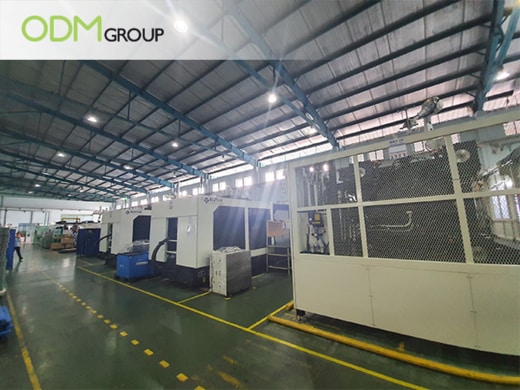
The principal advantage of injection moulding is the capability and capacity of large productions. Once underlying expenses have been addressed and paid for, the price per unit during injection moulded manufacturing is extremely low. In general, the cost will drop exorbitantly as more parts are manufactured.
There are countless factors and configurations to Injection moulding manufacturing, however, the basic manufacturing steps will include:
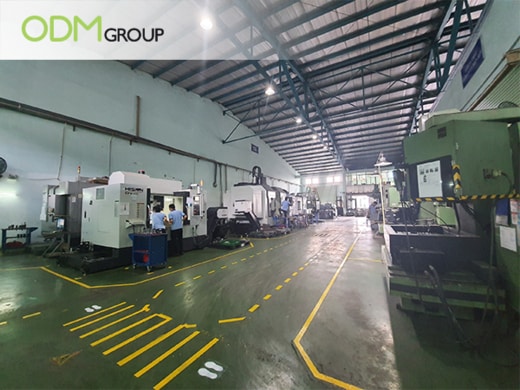
What are T0, T1, and T2 mould samples?
Widely recognized terms when supplying the first off-the-tool sample plastic parts to a customer for evaluation. Let’s take a look at what they are:
What are T0 mould samples?
In the world of injection moulding, a T0 sample is the absolute initial segment of the tool and establishes the possibility of its moulding capabilities. The stage of precisely formed mould.
What are T1 mould samples?
After the fundamental development of your mould is prepared and tested, the client will receive the samples; T1 or Test 1. T1 samples are not cosmetically perfect, however, they are planned for the client to get the gist of the manufacturing process. Additionally, to check the correct sizes and dimensions of the parts.
The mould maker should have made corrections from the layout of T0 parts. Visual imagery such as videos of running injection moulding machines or pictures should be sent by the makers to clients. Furthermore, they ought to provide specific setup parameters and materials to make the samples.
Theoretically, T1 parts should be ready for the client’s approval.
What are T2 mould samples?
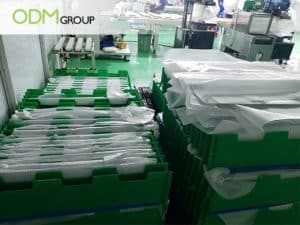 Slight adjustments made to the dimensions or elements before the final mould is made and shipped. In order to reduce the wait time for T2 samples, they can be produced and photographed instead of physical shipments to the clients. Once the samples have been approved, mass production of the items will start. Frankly speaking, there should not be a need for T2 parts.
Slight adjustments made to the dimensions or elements before the final mould is made and shipped. In order to reduce the wait time for T2 samples, they can be produced and photographed instead of physical shipments to the clients. Once the samples have been approved, mass production of the items will start. Frankly speaking, there should not be a need for T2 parts.
Learning Points
Injection moulding is considered invaluable over other processes due to its precision and fast speed at which products can be made. No other processes to date can meet the quality and consistency of this process when moulding plastic. Moulding samples are broken down into 3 tests samples of T0, T1 and T2. It is best that they are ready for the client’s approval during T1.
Contact Us
At ODM, we not only specialize in custom promotional product ideas and manufacturing of high-quality products, but we also provide our expertise on informed choices and processes. If you’re interested in learning more about the production process and factory visits, you can read more here. If you’re looking to market a product or require help in producing high-quality products, be sure to contact ODM for our expertise!
Related Blogs
Learn about silicone moulds:
How about foam moulding:
3D printing is a heavy competitor of injection moulding manufacturing, find out more on 3D printing:
Let’s start from the beginning of choosing your preferred kind of plastics:
Being an environmentally friendly company is extremely important currently in the eyes of society. Find out more on this blog on eco-friendly packaging:
Frequently Asked Questions
How long does it take to produce the product from the injection mould?
It can take place anywhere from a few seconds to a few minutes to hours. Factors such as the type of resin, size, material, and design play a role in affecting the cycle time of the product.
What are a couple of advantages of using Injection moulding?
They are highly efficient, with enhanced strength, save on manufacturing costs due to automation. Additionally, they are able to mould intricate designs, features with complex geometry.
Why use injection moulding manufacturing?
They are one of the most common forms of processing plastics due to their capabilities of moulding complex shapes at high production rates. The kinds of plastics used can also be grounded and recycled which is essentially more environmentally friendly.
